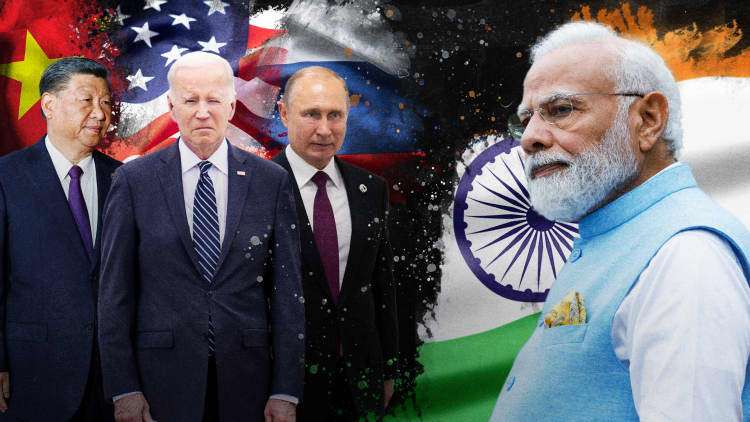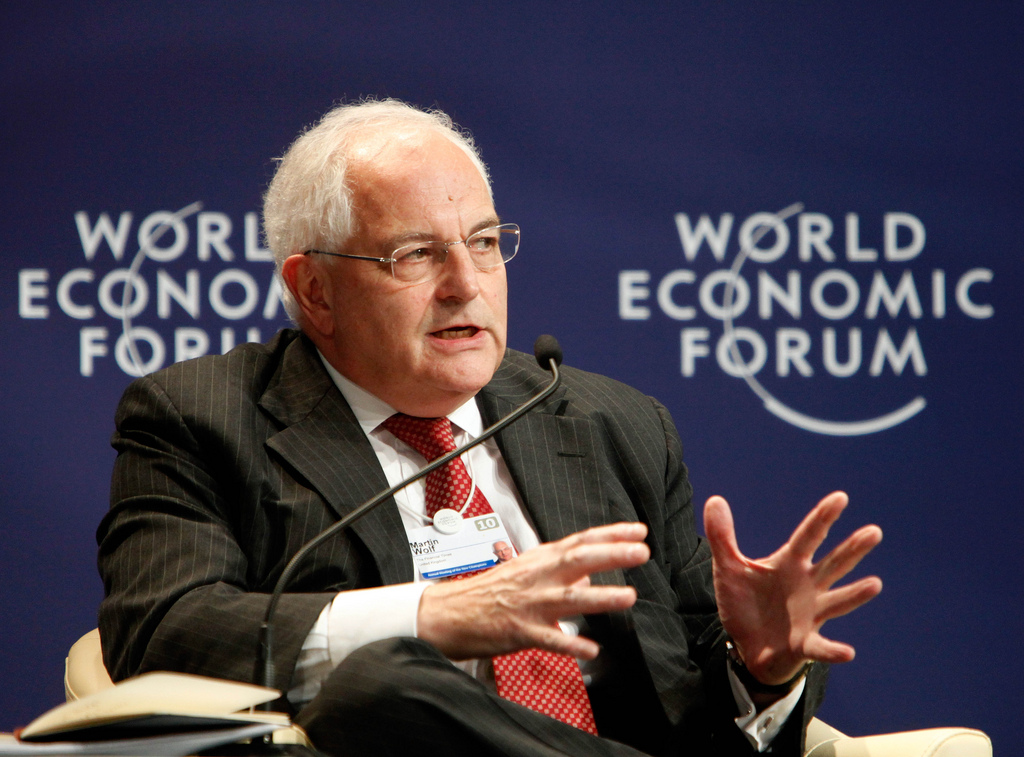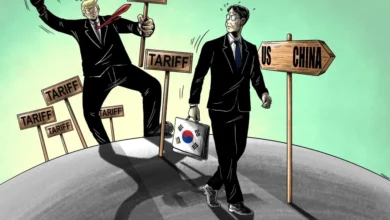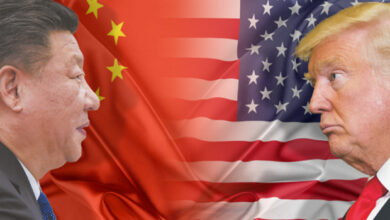India Has A Dream To Be A Superpower By 2047, But Can Modi Government Take Us There?
In evaluating India's path to becoming an advanced nation, several key issues and perspectives emerge. Despite significant economic reforms over the past four decades, India has struggled to shift its economic structure and increase its global standing. The challenges include failing to address inequality, not boosting manufacturing, and relying on flawed financial strategies. While some, like economist Martin Wolf, remain hopeful about India's potential, arguing for a focus on export growth, others see this optimism as unrealistic given the current economic trajectory.

Prime Minister Narendra Modi has promised to make India a “developed nation” or a superpower by 2047.
The world is in search for the next country that will transit from backward to advanced status, and India’s name features very strongly on it, but what is the reality?
Lets see, a country is identified by official agencies and the World Bank as a developed or high-income economy based mainly on the size of its per capita gross national income (GNI), with the threshold currently placed at just over $14,000 at 2023 prices.
Thus, the claim that India, with its current GNI of around $2,500, can exceed that threshold in 2047 seems a bit of a stretch, and many have treated it as mere official propaganda.
However, Martin Wolf, economic commentator of Financial Times in an article dated July 9, 2024 details India’s prospects to achieve its development goals.
He has stated very clearly that India is unlikely to be included in the leagues of ‘big nations’ when examined in terms of per capita GDP which is measured in internationally comparable PPP or Purchasing Power Parity in dollors.
To put it in perspective, even when compared to the outlook relative to the poorest of the advanced nation such as Greece and assuming that the latter’s GDP grows at 0.6 per cent a year and India’s at 4.8 per cent a year, India’s per capita GDP in 2047 would equal only 60 per cent of Greece’s in 2047.
Thus, it clearly shows India’s prospect (Or lack of) in achieving this goal.
However, according to what Wolf says, the inability to make this transition does not take away from what India’s potential influence may be.
Wolf says this is largely attributed to India’s population size, even with that lower per capita GDP India would be among the largest countries in the world in terms of overall GDP in PPP dollars.
That would help give it global influence of a kind that the per capita figure does not signal.
Illustratively, Wolf notes: “[I]f India’s GDP were to grow at only 5 per cent a year to 2047…, and US GDP were to grow at 2.3 per cent…, India’s economy (at PPP) would equal that of the US.” India is unlikely to match China’s manufacturing prowess or catch up with the US in terms of productivity, but since size matters, India would be “unquestionably a great power”.
This is an assessment based on GDP growth rates; however, the real issue is what will drive growth to make India an “advanced nation.”
When India gained independence in 1947, it was one of the promising but backward ex-colonial countries in the “Third World.”
However, despite early growth, it did not realize its potential and unlike other developing countries, India did not diversify into manufacturing, even though the government invested heavily in basic industries and infrastructure.
Growth slowed in the 1960s and 1970s, and despite later growth, India is still not a significant player in the global goods market.
)
Four main factors contributed to this failure:
1. Post-independence governments did not address income and wealth inequality, which could have created a large market to support growth and industrial development.
2. They did not adopt and implement necessary changes and policies to boost agriculture and raise rural incomes, leaving the majority with limited benefits from development.
3. The government relied on inflationary financing instead of mobilizing the wealthy’s surplus to fund expenditures, worsening inequality.
4. The state failed to discipline the powerful industrial class to ensure investment and innovation in manufacturing and exports, which would have earned the foreign exchange needed for essential imports.
Later governments did not address these issues; instead, they blamed earlier governments for restricting the market’s role, focusing on the domestic market, and limiting foreign capital in India’s development.
This approach was seen as hindering India’s industrialization and export capacity. As a result, from the mid-1980s and especially after the 1991 balance of payments crisis, successive governments chose to deregulate domestically and open up foreign trade and capital movements.
These policies have been consistently implemented for the past four decades. While there has been some GDP growth, according to official statistics, India has not increased the share of manufacturing in its economy, become a major exporter, or alleviated widespread poverty and social deprivation.
It is clear that India needs to move away from the neoliberal policies of the last 30-40 years and focus on making major structural changes in the economy.

What Is The Point Of View
However, Wolf does not recommend this approach to realize India’s potential as an advanced nation and even a superpower.
Instead, he believes in the power of exports.
He argues that, despite the belief that “India is a large country with a large market,” the real market size for tradeable goods and services is only 15 to 45 percent of GDP due to widespread poverty.
He suggests that expanding the domestic market is not feasible, but boosting exports is possible, despite evidence to the contrary over the last four decades.
Wolf points to factors that favour India’s export growth – in 2022, India’s share in world merchandise exports was only 2.2 percent compared to China’s 17.6 percent, leaving room for expansion.
He also notes India’s strategic importance and close relations with the West, suggesting that India could benefit from foreign investment shifting from China.
Thus, he describes India as an obvious “plus one” in a “China plus one” world, promising an export boom.
However, this is perhaps wishful thinking (most argue) that overlooks the role of the Chinese state and its high investment ratio in China’s success.
The belief that India is an alternative because China has lost its appeal in the West is not supported by evidence, with countries like Vietnam benefiting instead.
India still lags as an exporter, and the developed world, facing slow growth, is not eager for another country of India’s size to become a source of cheap manufactures.
Therefore, should we go along with what Wolf says or rather reason that there is little to believe Wolf’s vision that India shows promise of emerging as a potential “superpower” shortly?




